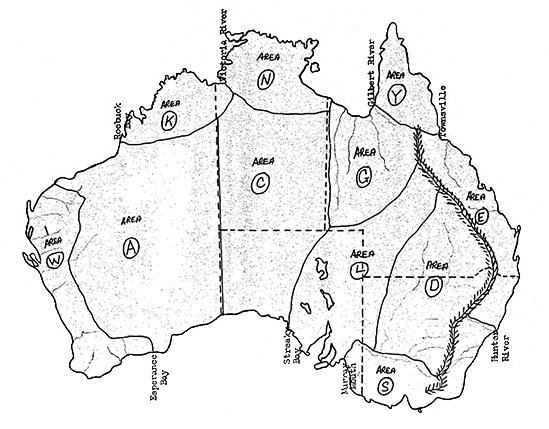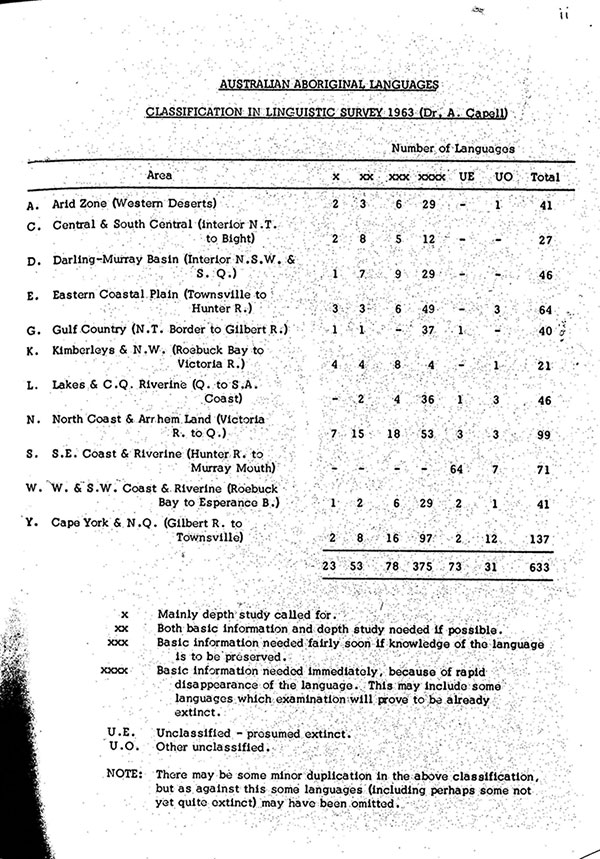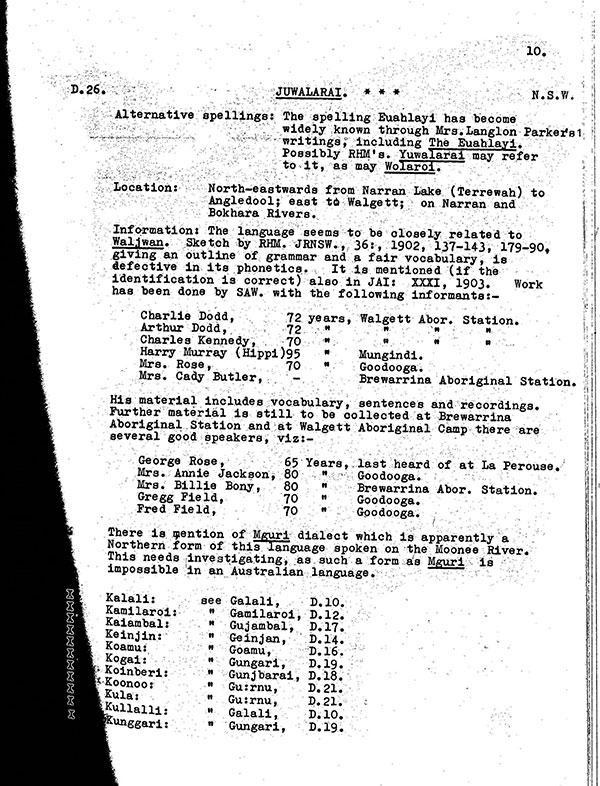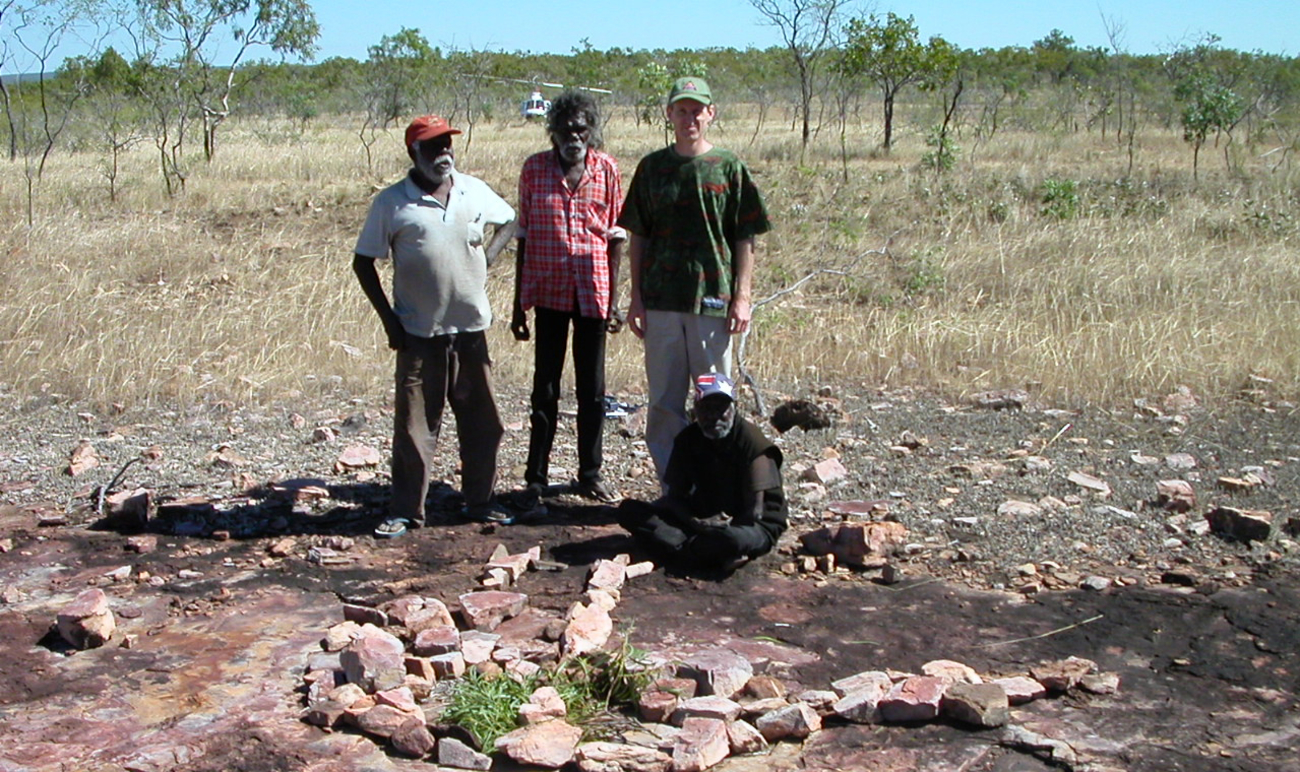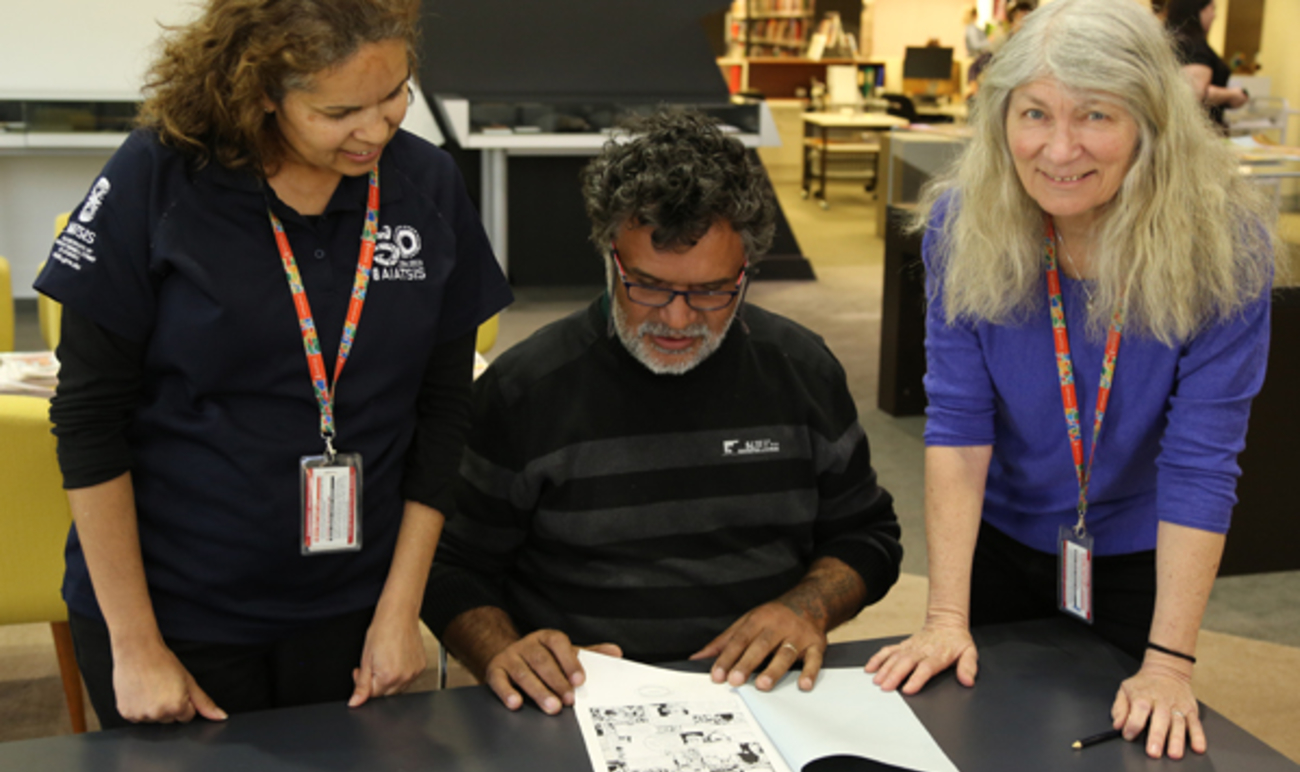For many years AIATSIS has been looking after Arthur Capell’s archive of more than 230 reels of language recordings. Among these are around 160 reels of recordings of non-Australian languages which AIATSIS has donated to the Pacific and Regional Archive for Digital Sources in Endangered Cultures.
'Arthur Capell was a foundation member of our Council and his early work inspired our referencing system for Australian languages which is still used by linguists and collections staff today.' — Russell Taylor, former AIATSIS CEO.
Preparation of this donation reminded me of an ongoing presence of Arthur Capell’s work at AIATSIS. Arthur Capell was a foundation member (1961-1968) of the Council of the Australian Institute of Aboriginal Studies (AIAS, now AIATSIS).
Among the significant contributions Capell made to the study of Australian languages was the introduction of language codes.
In his Linguistic Survey of Australia (1963), which Capell wrote for AIAS, he assigned a language code to each Australian language.
Each code consists of a letter and a number. The letter represents a region where the language is located. Australia is divided into eleven regions with each region represented by the first letter of the region name (Capell attributes David Moore for these divisions).
Why was there need for language codes?
Australian languages were not written languages and it was only after the arrival of Europeans that people started writing down Australian languages. Since there was no standard orthography, different people (often with different language backgrounds) wrote the name of the same language in different ways.
Imagine saying a Japanese word to a group of people and asking them to write down what they have heard using the English alphabet. They will probably come up with different spellings, especially if each of them has a different language background.
To illustrate the variety of spellings that can be given to a language name see the section below on Yuwalaraay in Capell’s linguistic survey (more alternative spelling of this name can be found in Austlang).
Language codes are unique identifiers and are used to manage variations of spellings and names. AIATSIS adopted this referencing system but only the alphabets, not Capell’s own numbering. For example, the AIATSIS code for Yuwalaraay is D27, while Capell’s is D26.
These language codes are still in use by AIATSIS as a unique identifier in Austlang, a database of Australian languages.
Even today, many Australian language names do not have a standard spelling and there is no standard list of Australian languages. So don’t be surprised if you see the name of a language spelt differently, just think about which language code goes with it!
